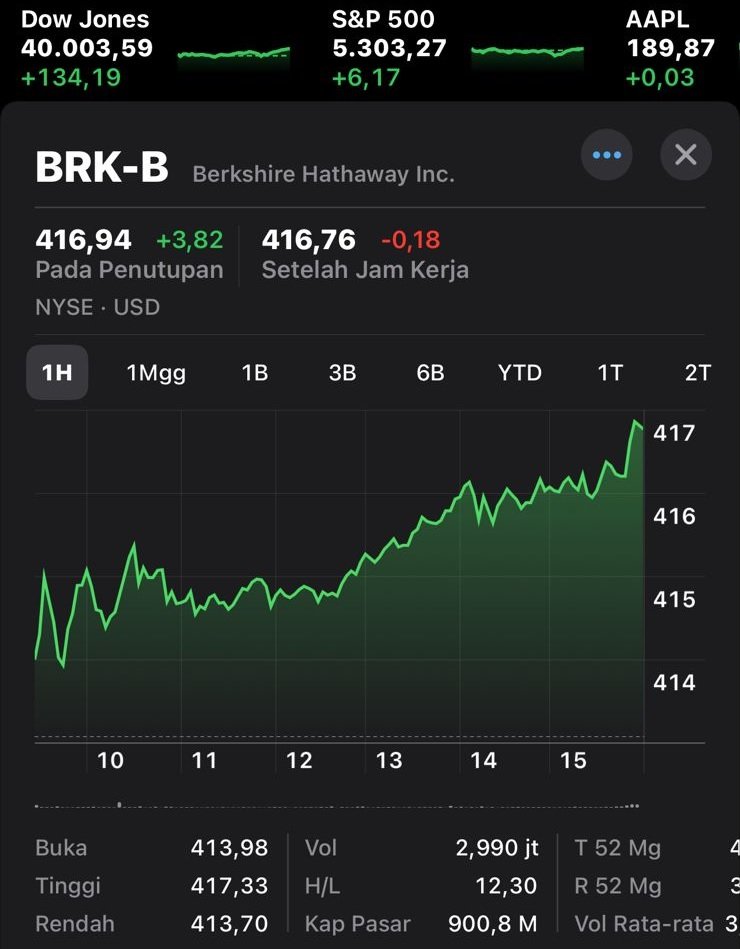Explanation of Royalty Fees
Royalty fees are a form of financial compensation paid by one party (usually a company or individual using a copyright, license or other intellectual property right) to another party who has rights to the copyright or other rights. Royalty fees are a form of appreciation for the use and exploitation of creative, intellectual works or other rights owned by other parties. Royalty fees are often used in various industries, such as the music, literature, film, technology, and so on.
Before we go any further, it is important to understand the basic concepts of intellectual property rights (IPR) and copyright. Intellectual property rights refer to legal rights granted to creators or owners of intellectual works to protect those works from unauthorized use or reproduction. One of the main forms of intellectual property rights is copyright. Copyright gives the owner of a work the exclusive right to use, distribute, and authorize the use of the work by others.
Royalty fees are financial compensation paid by parties who use or exploit copyright or other intellectual property rights to the rights owner. The aim is to respect the work created, provide incentives for creators to continue producing high-quality work, and ensure that the use of the work is in accordance with the agreements and permissions given by the rights owner.
Factors that influence the size of royalty fees include:
– Type of work and popularity: The type of work, for example, songs, books, patents, and so on, as well as how popular or influential the work is in the industry or the general public can affect the amount of royalty fees.
– License Agreement: The terms of the license agreement or contract between the rights owner and user will determine how royalty fees are calculated and paid.
– Market and Demand: The level of demand for the work in the market will affect the value of royalty fees. Works that are in high demand are likely to incur higher royalty fees.
– Negotiations: The results of negotiations between rights owners and users will have an impact on the amount of royalty fees. These negotiations may cover various aspects, including usage periods, geographic regions, and distribution platforms.
– Use of the Work: How the work is used can also affect the amount of royalty fees. For example, use in mass production or commercial use may have higher royalty fees than personal use.
– Length of Use: The period of use of the work is also an important factor. Royalty fees can be calculated based on a certain time period or recurring, depending on the agreement.
Royalty Fee Calculation Method
There are several methods used to calculate royalty fees, and the choice of method is often based on the type of work, industry, and agreement between the rights owner and user. Some common methods include:
– Percentage of Revenue: This method involves paying a royalty fee as a percentage of the revenue generated from the use of the work. This percentage can be determined through negotiation.
– Fixed Price per Unit: Royalty fees are calculated based on the number of units or copies of the work sold or used. This method is generally used in selling books, music, or other physical products.
– Fixed Fees: Royalty fees are defined as a fixed amount that must be paid by the user to the rights owner as compensation for the use of the work.
– Usage Based Calculation: Royalty fees can be calculated based on how the work is used. For example, in the software industry, royalty fees may be charged based on the number of users or certain features.
– Continuing or Future Licenses: In some cases, a license agreement may include a clause for additional royalty payments if the work achieves certain milestones in the future.
In business arrangements involving royalty fees, agreements between rights owners and users are essential. This contract explains in detail all aspects of the use of the work, including the amount of royalty fees, the rights and obligations of each party, the period of use, geographical area, and other rights granted or retained by the rights owner.
Copyright laws and intellectual property rights vary from country to country. Therefore, it is important for all parties involved to understand the legal regulations applicable in their jurisdiction regarding royalty fees. These laws and regulations protect the rights of copyright owners and establish legal obligations for users who violate those rights.
Although royalties and licensing fees are often closely related, they refer to different concepts in the context of copyright and intellectual property rights. Royalty fees are financial compensation paid to rights owners by users who utilize the work. Meanwhile, a license is permission given by the rights owner to the user to use the work in accordance with agreed terms. Royalty fees are one component of the licensing agreement.
Application of Royalty Fees in Various Industries
Royalty fees can be found in a variety of industries and sectors. Some examples of applications include:
– Music Industry: Song rights owners will receive royalty fees from music streaming platforms, radio stations, or commercial use of songs in films and advertisements.
– Film and Television Industry: Directors, screenwriters and actors may be entitled to royalties from films or television shows they create or act in
– Book Industry: Authors and publishers receive royalty fees from book sales, both in print and digital form.
– Software Industry: Software companies may pay royalty fees to rights owners for certain technologies or algorithms used in their products.
– Design and Fashion Industry: Owners of clothing or product design rights may receive royalty fees from companies that use their designs.
Royalty Fee Challenges and Controversies
While royalty fees play an important role in valuing works and ensuring copyright owners are appropriately compensated, there are a number of challenges and controversies associated with this concept:
– Piracy and Unauthorized Use: Unauthorized use of works or piracy often harms copyright owners and undermines fair business models.
– Technological Changes: In the digital era, the distribution and use of works has become easier and more complex, which can affect the way royalty fees are calculated and collected.
– Difficult to Determine Value: Determining an appropriate value for royalty fees can be challenging, especially when the work has significant creative and commercial impact.
– Use of Works in the Digital Era: The distribution and use of works on digital platforms often involves multiple parties and complex transactions, which can make accurate royalty calculations and payments difficult.
Conclusion: Royalty fees are a complex and important concept in the world of business, copyright and licensing. This involves paying financial compensation to the rights owner for the use of creative, intellectual or other rights. The amount of royalty fees is influenced by various factors such as the type of work, level of popularity, licensing agreements, market, negotiations, and many more. The method for calculating royalty fees varies depending on the industry context and the agreement entered into. A solid understanding of royalty fees, copyright, and licensing agreements is essential to ensure fair protection of the rights and obligations of all parties involved.













